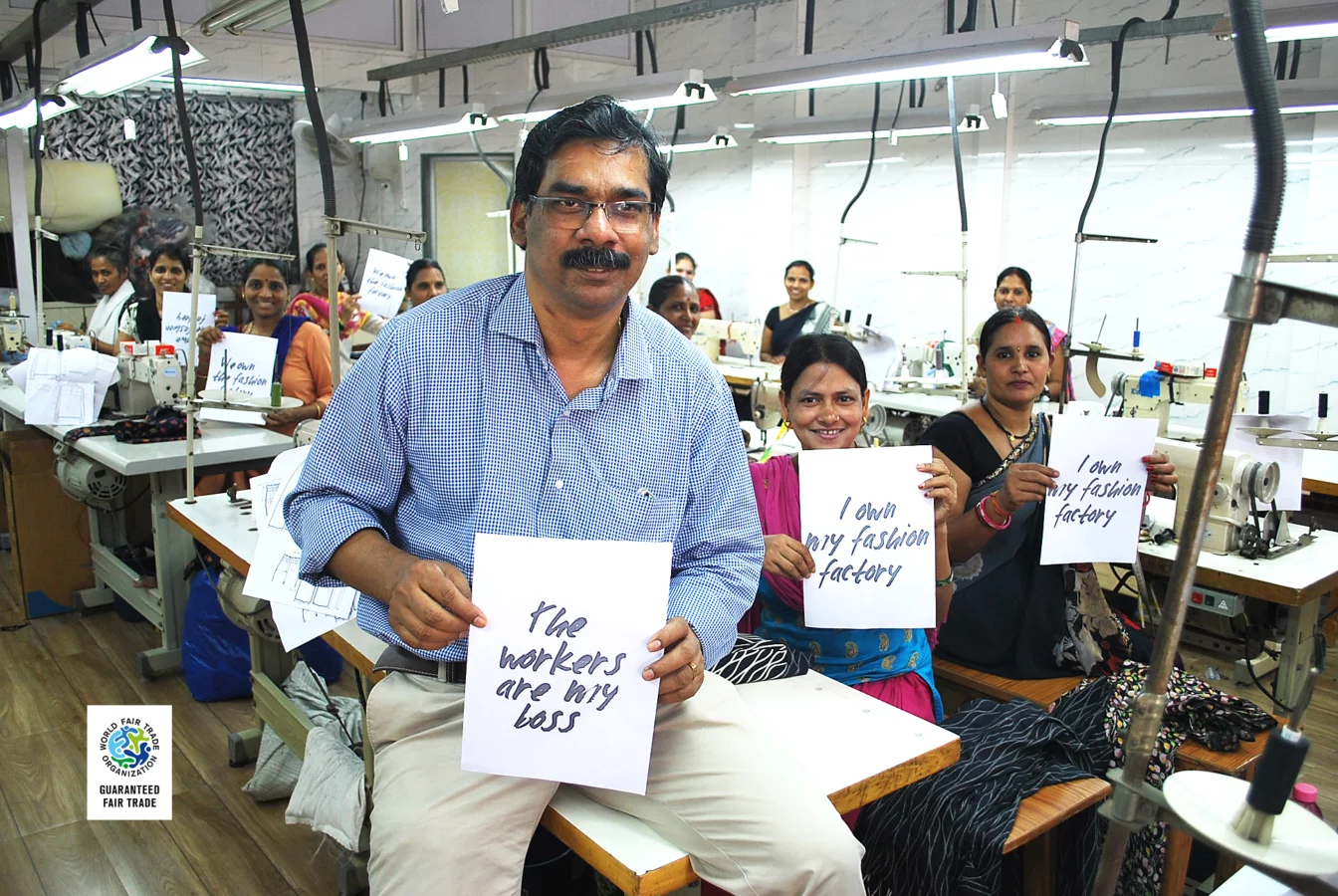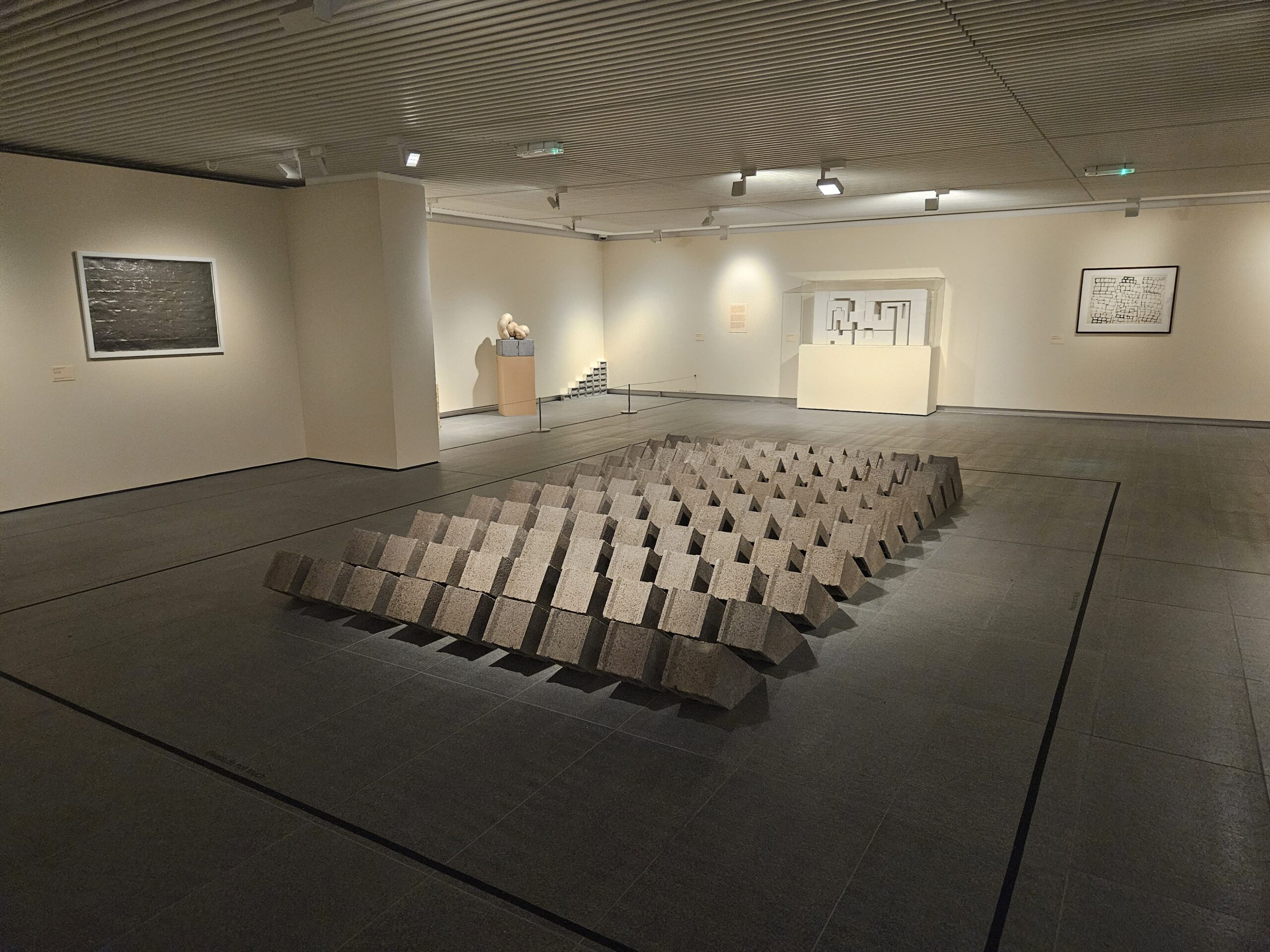In this blog, Dr Erinch Sahan, Chief Executive of the World Fair Trade Organisation details some of the routes towards sustainable local economies and how local leaders and partnerships are effecting change in regions across the world.
Most of us know that our economies aren’t working as they should. Inequality, poverty and ecological collapse seem almost inevitable in a global economy fuelled by competition and addicted to growth. While the global challenges feel overwhelming and hard to address, at a local level we have choices around the economies we are building. One option is to embrace a social economy through a vision of populating our local economies with businesses and organisations that are designed to put people and planet first. Far from being an empty slogan, there are very specific ideas for how to bring this about.
Let’s be clear on our definition. According to the OECD, ‘Social economy organisations traditionally refer to the set of associations, cooperatives, mutual organisations, and foundations whose activity is driven by values of solidarity, the primacy of people over capital, and democratic and participative governance’. With this in mind, the below is a summary of key insights from the Fair Trade movement.
1. Think business models not just business practices
When we think about the impact that businesses have on our societies, we often focus on the behaviour or practices of companies. This means asking questions such as: how do they treat their workers, do they pollute the environment, do they engage their communities? These are all useful questions but we need to look deeper, into the design of the business itself. The question we need to ask is: Is the business set up to put people and planet first, in its ownership and governance model? In the UK, these could be cooperatives, social enterprises (e.g. registered as Community Interest Companies) or embody a mission-led business model in other ways. Such business models do exist (e.g. the women-worker owned fashion manufacturer Creative Handicrafts in Mumbai, India). A recent report from the global community of Fair Trade Enterprises found that they are a stark contrast to today’s mainstream businesses, who largely remain trapped in a model of profit-primacy. Our report found the following about such business models:
-
92 per cent reinvest all profits in their social mission;
-
52 per cent are led by women;
-
4 times less likely to go bankrupt; and
-
85 per cent report actively sacrificing financial goals to pursue social or environmental goals, while retaining commercial viability.
2. Public procurement to shape the local economy
Local governments spending can have a major impact on the kinds of businesses that thrive, both locally and beyond. The Fair Trade movement has used this approach to create opportunities for Fair Trade producers around the world through the Fair Trade Towns campaign (see here). The social enterprise movement has taken a similar approach (see here). Public procurement can both galvanise a specific economic vision and embody community values. It’s an important tool to create a social economy.
3. Global and local partnerships
A social economy must think local and global. Locally, to populate the local economy with businesses and organisations that are embedded in the community, treating natural resources sustainably and creating local livelihoods. Globally, to create trading and social partnerships across borders, sharing values and working towards a just world everywhere. With global challenges like climate change, this can only be solved through tangible action locally connected globally (e.g. see Fair Trade movement’s efforts on climate). The recent concept of ‘northern Fair Trade’ is another example of this, where Fair Trade can now be embraced in production in developed as well as developing countries. The concept of implementing the 10 Principles of Fair Trade can transcend north and south. Social economy principles more broadly also do.

The 10 Principals of Fair Trade. Image WFTO.
4. Spread awareness
Economic change works when people support the change in a multitude of ways – as consumers, citizens, entrepreneurs and workers. This requires awareness of the initiatives they can support and the objectives the government, businesses and civil society are working towards. In Fair Trade, we’ve driven a growing number of education initiatives, consumer campaigns and initiatives to promote change across business leaders. Schools are important, but it’s when people hear about ideas and initiatives through a number of ways, they often engage most deeply. One example of a broad campaign we run is World Fair Trade Day, held on the second Saturday of May each year.
There are many ways local leaders are innovating to reshape their economies. There are many levers of change. But the key is to be bold enough to build the economy that your region needs. The above are some general lessons from the Fair Trade movement. Leadership, partnership and tailoring efforts based on local opportunities is often to key to success.
Erinch is the Chief Executive of the World Fair Trade Organization (WFTO). Established in 1989, WFTO is the global community and verifier of social enterprises that fully practice Fair Trade. Previously, he spent 7 years at Oxfam leading campaign and advocacy teams, and founding Oxfam’s Future of Business Initiative. He has also worked at Procter & Gamble as a market strategy manager, established a furniture business and worked in Indonesia for Australia’s aid programme. Erinch also regularly lectures on sustainable business at a range of universities and writes extensively on social enterprise models. Erinch holds an honorary doctorate from Oxford Brookes University and has an academic background in law and finance.



